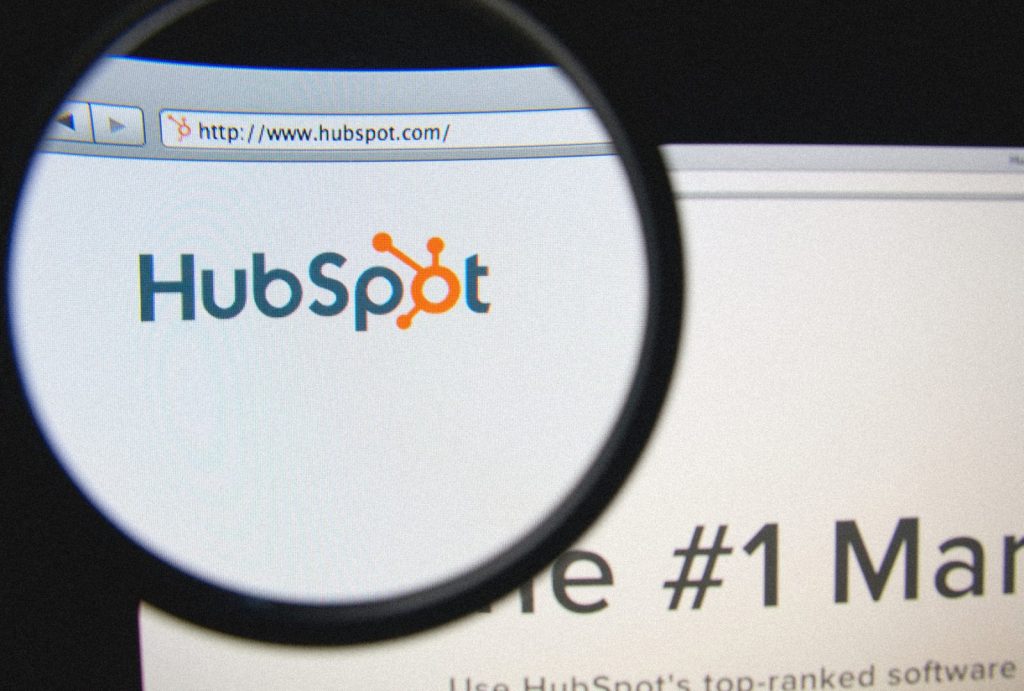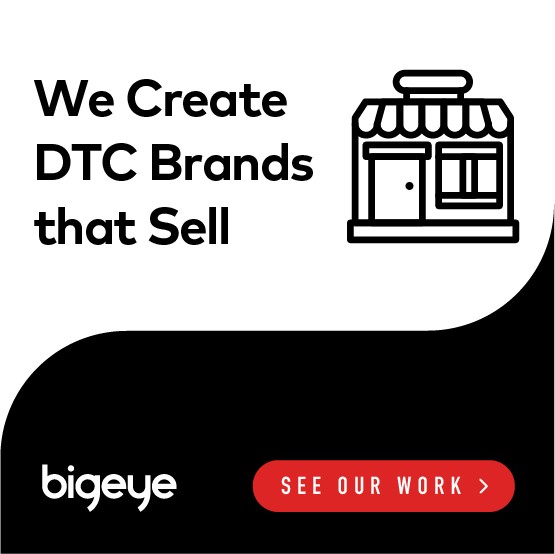
After years of testing different forms of online and offline marketing, marketers still debate the virtues of an inbound vs. an outbound marketing strategy.
Consulting marketing pros may not always help you take sides in this debate. That’s because representatives of an outbound or an inbound marketing agency will naturally have their own biases. Before you decide which types of marketing to invest in, start by learning how inbound and outbound differ and which tactics will produce the best results for your unique business.
What is an outbound marketing strategy?
Outbound marketing refers to typical forms of paid advertising that you may find in print, broadcast media, and of course, on the internet. Some common examples include television or radio commercials, mailers, paid search listings, and banner ads. Businesses usually pay for this sort of advertising in order to gain recognition from a wide audience. They hope this exposure will help improve brand recognition and drive sales.
Pros and cons of doing outbound marketing for your business
Outbound marketing in popular shows, publications, or websites can cast a very wide net, so your business may enjoy a lot of attention. These ads can introduce new people to your brand. You may also try to target your outbound advertising to reach a particular audience. For instance, a business might have their ads run at certain times or on specific websites that are likely to attract the kind of audience they want to court.
At the same time, these kind of ads typically insert themselves between the audience and whatever they wanted to hear or see. If you want to read the news, you may not appreciate having to scroll past a banner ad. Likewise, if you’re eager to watch your favorite show, you may find commercials annoying. For this reason, some marketers disparage outbound marketing by calling it interruption marketing. The advertisement interrupts whatever the consumer had intended to do.
Also, an outbound marketing strategy relies upon talking to customers and prospects, but it starts a mostly one-sided conversation. Generally, you only have a short time or small space to provide your marketing message. Even if some viewers have an interest in your product or service, you have to hope that you’ve crafted your advertisement in a way that appeals to them.
What is an inbound marketing strategy?
If you think of outbound marketing as casting a net, you might picture inbound marketing as drawing people in with a magnet. Businesses strive to get found when consumers search for the sort of content that they or others produce about them. In that way, inbound marketing may inform, educate, and even entertain, and though it’s crafted with a marketing message, it’s not always directly selling.
The internet did not give birth to inbound marketing. For instance, Jell-O almost failed so badly that the owner considered selling off his product rights and factory. An enterprising inbound marketing agency came up with the idea of passing out free Jell-O recipe books in 1904 to literally create an appetite for the product, and the company quickly rebounded.
Today, marketers tend to associate inbound marketing with such internet platforms as business websites, social media, blogs, directories, and review sites. As noted in Impact, 70 percent of consumers research products before making a purchase. The right kind of content should help answer consumer’s questions, solve problems, and in some cases, even generate demand.
For instance, following the early example of Jell-O, lots of food manufacturers publish recipes that feature their products. Other companies may even use less direct kinds of content that are not so much designed to sell but to are crafted to simply attract an audience that matches their typical buyer’s profile. As an example, Casper, a mattress company, publishes a wellness magazine called Woolly.
How to create an inbound marketing strategy
Few businesses know more about inbound marketing than HubSpot. They function somewhat as an inbound marketing agency but are better known for the services and tools that marketers use. According to HubSpot, it’s important to begin by analyzing which models tend to work well for similar companies to figure out which actions to take and which to avoid. Getting started also means figuring out how to develop an infrastructure to use for implementing the plan. For instance, a business might need to add a blog to their business website or create profiles and pages on social media sites.
To develop the tactics to execute the outbound marketing plan, companies might follow these guidelines:
- Develop buyer personas: A buyer persona describes a fictional example of a typical customer. It might include such potentially relevant information as age, location, income, gender, and even the number of children or profession. Your personas should represent various kinds of customers you may have and could also include something about their unique motivations for calling upon a company.
- Outlining buyer triggers: Once you’ve developed a sample of buyer personas, you should document any events or issues that might trigger more interest in your offerings. As a simple example, Betty Crocker’s recipe site will tell you that besides making biscuits or pancakes from their baking mix, you can also use it in a simple recipe to make a quick pizza crust. The next time you go shopping, you might remember to add their product in case you get a pizza craving.
- Defining keywords: Now that you understand your buyer and what might lead them to buy from you, you can develop lists of keywords that they might use to search for you online. You could brainstorm and then use some keyword tools to generate these lists. If you already have analytics for your website, don’t forget to browse past searches too, particularly if you know they’ve led to conversions in the past.
- Develop goals: Your inbound marketing campaign goals should support your overall business goals. You also need to have a way to measure them. For instance, you may want your business to increase revenue and brand awareness. Some appropriate and measurable inbound marketing goals could include website traffic, leads, and sales generated by the campaign.
- Document a content strategy: Once you’ve figured out who you want to attract, why they might buy, and what you hope to achieve, you can determine the kinds of content that will appeal to them and where you will distribute them. You will probably need to develop different kinds of content for various situations and stages in the buying process. For instance, top-of-funnel content may appear as social media posts or YouTube videos. Further down the buying process, you could offer case studies or even free samples. For buyers almost ready to make a purchase, demos or discounts may compel them to make a decision.
Should you only rely upon inbound marketing?
Most businesses succeed by engaging in having both an outbound and an inbound marketing strategy. This can produce the best results when both strategies complement in other. For example, some companies even advertise their inbound marketing content by promoting posts on their social sites or paying for display ads for a how-to video on a relevant, third-party blog. Your inbound marketing can help you earn customers by providing them with the information or even entertainment they seek; however, outbound marketing may help you find those people in the first place.




